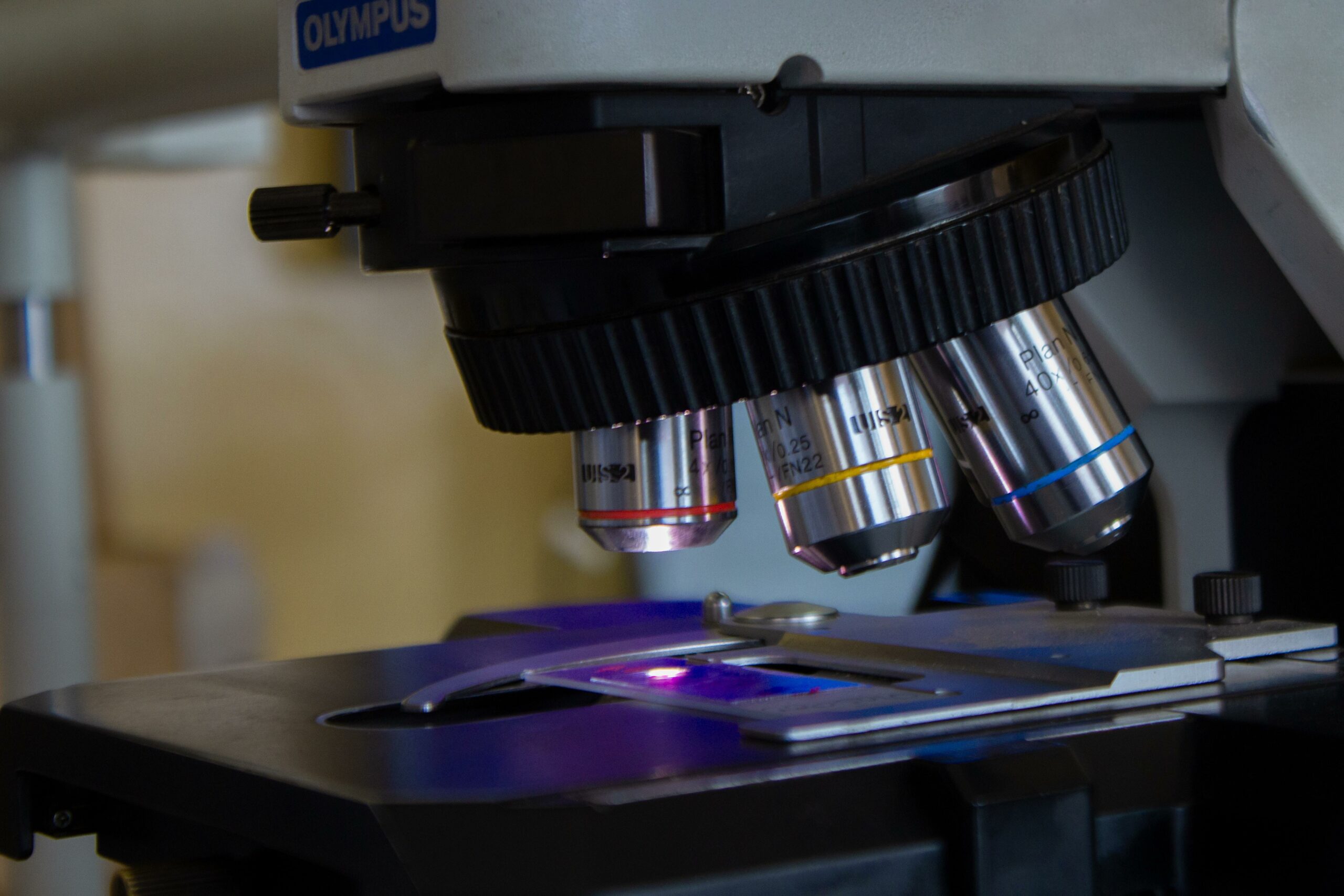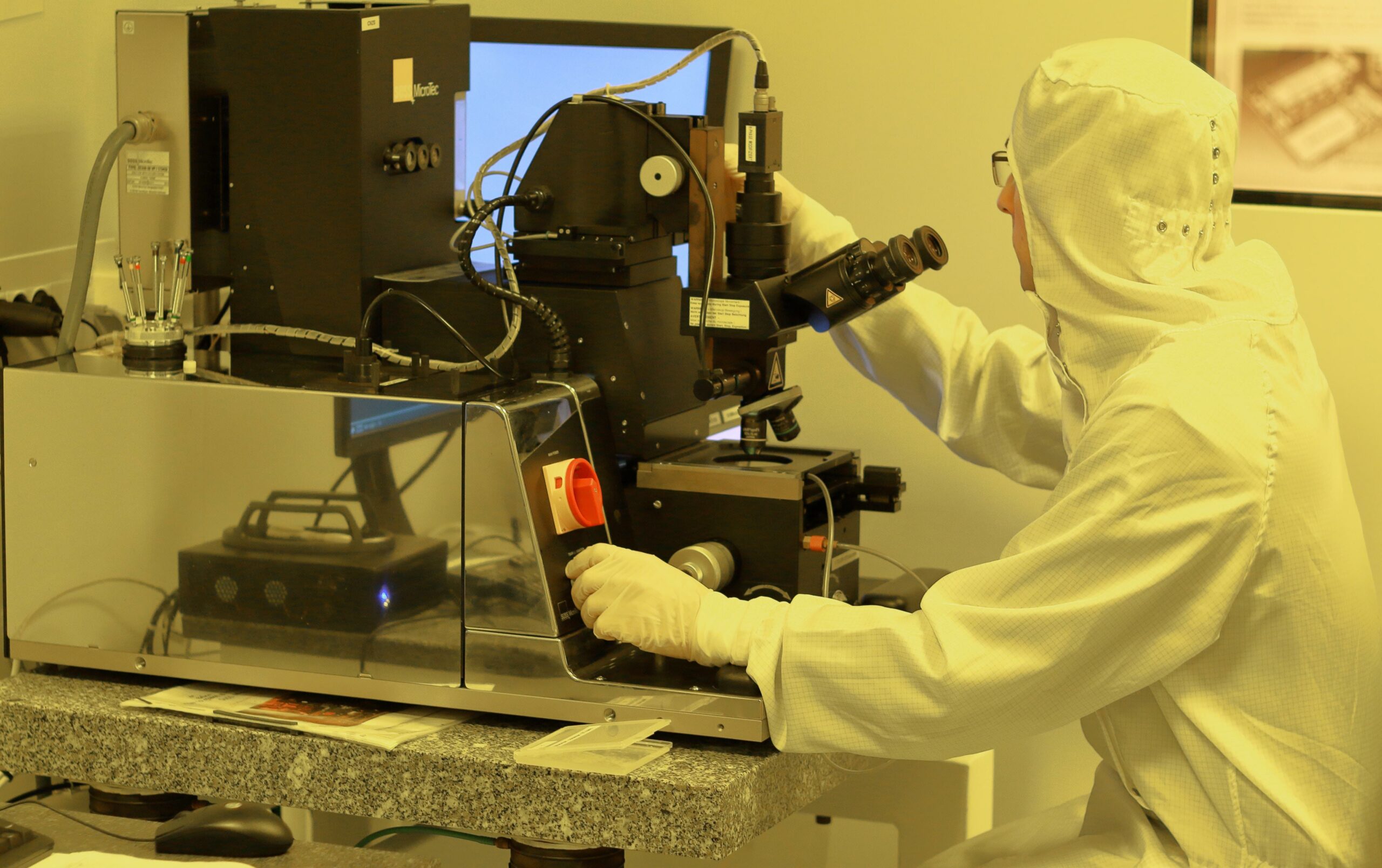Are you ready to embark on a journey into the microscopic world, where the tiniest details can reveal the greatest mysteries? In this article, we will delve into the fascinating facts about compound microscopes, those remarkable instruments that have revolutionized scientific discovery. Brace yourself for a whirlwind tour through the history, functioning, and groundbreaking advancements of these optical marvels. Whether you’re a student, a researcher, or simply a curious mind, prepare to be awed by the wonders that await under the lens of a compound microscope.

Fascinating Facts about Compound Microscopes
Compound microscopes, also known as high power or biological microscopes, are fascinating instruments that have played a crucial role in scientific discovery throughout history. These powerful devices utilize multiple lenses to magnify small objects, allowing us to explore the hidden world of the microscopic. Let’s delve into some captivating facts about compound microscopes.
1. A Closer Look at Magnification: One of the most impressive features of compound microscopes is their ability to achieve high levels of magnification. With their 3-5 objective lenses ranging from 4x to 100x, these instruments can magnify elements up to a maximum of 2000x. Just imagine being able to observe the intricate details of tiny specimens that are invisible to the naked eye!
“Compound microscopes have the incredible power to magnify objects up to 2000 times, revealing breathtaking details that are otherwise invisible.”
2. The Genesis of the Compound Microscope: The story of the compound microscope dates back to the late 16th century when a Dutch spectacle maker named Zacharias Janssen is credited with its invention. Janssen and his father combined multiple lenses to create this groundbreaking instrument. Little did they know at the time that their invention would revolutionize scientific research and open up new realms of exploration.
“The compound microscope owes its existence to the ingenious mind of Zacharias Janssen, heralding a new era in the magnification of the microscopic world.”
3. Exploring the Unseen World: Compound microscopes have been instrumental in expanding our understanding of the microscopic world. Scientists have used them to make remarkable discoveries, such as observing the intricate structure of cells and unraveling the mysteries of microscopic organisms. These microscopes have served as invaluable tools in various scientific fields, including biology, medicine, and materials science.
“Equipped with compound microscopes, scientists have embarked on voyages at the microscopic level, uncovering hidden biological complexities and unlocking the secrets of the unseen world.”
4. Advancements in Image Quality: As technology has evolved, so too have compound microscopes. Today, modern microscopes incorporate features such as immersion oil and mechanical stages to enhance image quality and improve focus. Immersion oil reduces light refraction, allowing for clearer visualization, while mechanical stages offer precise control over specimen movement. These innovations have greatly benefited microscopy research and expedited scientific breakthroughs.
“With the advent of immersion oil and mechanical stages, compound microscopes have taken a significant leap forward in image quality, offering scientists unprecedented clarity and control.”
5. Stepping Through History: Over the centuries, compound microscopes have undergone countless improvements and refinements. From the early prototypes developed in the 17th century to the sophisticated instruments of today, these microscopes have shaped our understanding of the microscopic realm. Each step forward in their development has paved the way for new discoveries and expanded our knowledge of the world around us.
“The journey of the compound microscope is a testament to human advancement, with each improvement propelling us further into the realm of the invisible.”
In conclusion, compound microscopes stand as remarkable scientific tools that have fascinated researchers for centuries. Through their ability to magnify objects and explore the microscopic world, these instruments have unlocked hidden secrets and expanded our understanding of life. As we continue to push the boundaries of scientific exploration, compound microscopes will undoubtedly play a vital role in shaping our future discoveries.
“By unraveling the microscopic wonders that lie beyond the reach of our eyes, compound microscopes empower us to embark on captivating scientific adventures.”
A compound microscope is an indispensable tool in the world of science. If you’re eager to learn some fascinating facts about compound microscopes, then you’re in for a treat! Click here to explore our comprehensive article on the subject. Through this in-depth guide, you’ll gain insights into the history, working principles, and various applications of this remarkable scientific instrument. Discover how compound microscopes have revolutionized the way we observe and analyze tiny specimens. Unveil the secrets behind its powerful magnification capabilities and delve into the wonders of the microscopic world. Expand your knowledge today by clicking this link: Facts About Compound Microscope.
FAQ
Question 1: How do compound microscopes achieve higher levels of magnification compared to low power microscopes?
Answer 1: Compound microscopes achieve higher levels of magnification by using two or more lenses to magnify the image of a small object. They typically have 3-5 objective lenses ranging from 4x-100x, allowing for greater magnification than low power microscopes.
Question 2: What are some common features found in compound microscopes?
Answer 2: Some common features found in compound microscopes include immersion oil and mechanical stages. Immersion oil is used to improve image quality by minimizing the loss of light, while mechanical stages allow for precise movement and positioning of the specimen.
Question 3: Who is credited with inventing the compound microscope?
Answer 3: The invention of the compound microscope is credited to Zacharias Janssen in the late 16th century. His creation paved the way for significant advancements in scientific discoveries throughout history.
Question 4: What are some applications of compound microscopes?
Answer 4: Compound microscopes are commonly used in laboratories for viewing small objects that cannot be seen with the naked eye. They have been instrumental in examining and analyzing various specimens such as blood cells, bacteria, and other microscopic entities.
Question 5: How far back does the history of microscopes date?
Answer 5: The history of microscopes dates back to the early 17th century, with various improvements and refinements made over time. The invention of the compound microscope marked a significant milestone in our understanding of the microscopic world.
- Unlock 6000+ words beginning with he: A comprehensive analysis - April 20, 2025
- Mastering -al Words: A Complete Guide - April 20, 2025
- Master Scrabble: High-Scoring BAR Words Now - April 20, 2025
















